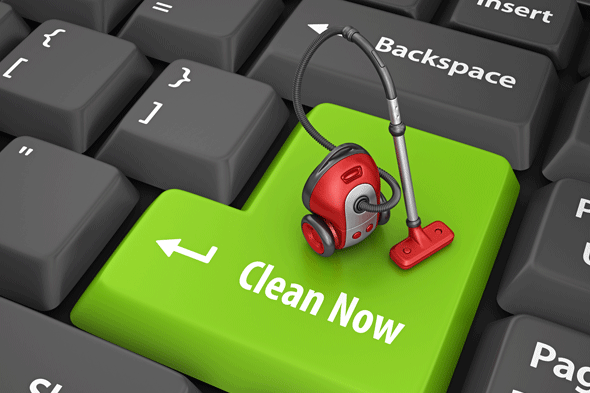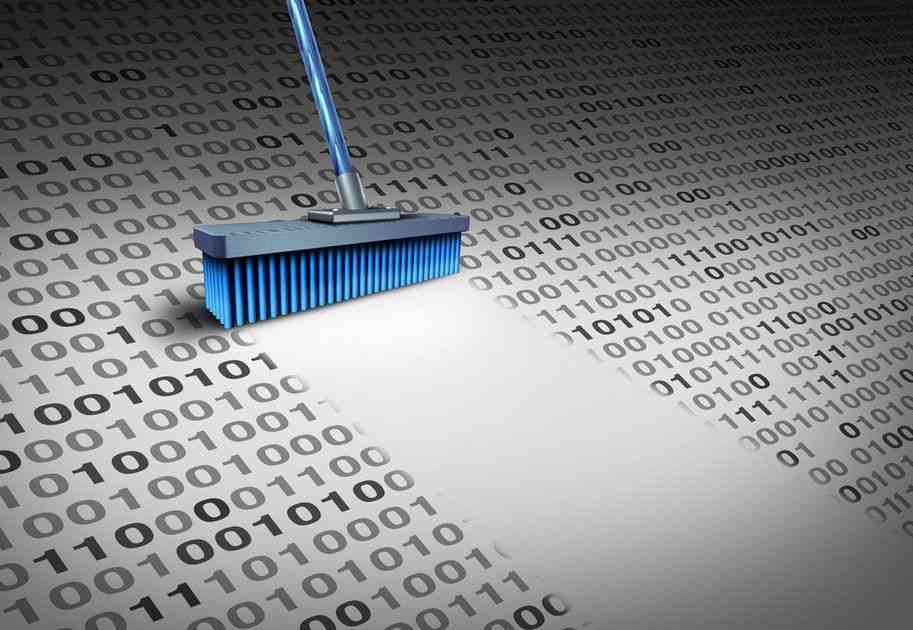The previous day (Sept 19) was the world cleanup day, and this year the Let's do it World Foundation launched a civic movement to clean up our digital world to minimize the risks from the pandemic.
What should we do to support this movement or, in other words, how to do digital cleaning?
This cleaning consists of 4 stages.
Stage1:
Cleaning to smart phones we have
Let's start with the hardest part first. Let's delete the applications that we do not use or use 1-2 times.
Let's not deceive ourselves, those practices will be forgotten over time. We all know this.
These applications consume certain amounts of energy even if we do not use them.
Let's get to the photos now that we have taken care of the applications. Album and classify your photos. Get rid of your blurry photos and make sure to have one of each pose and delete repetitive poses.Delete unnecessary screenshots.

Stage2:
Cleaning to our computers
Let's start with deleting the copies of the files we have saved and downloaded more than once.Let's move on by deleting junk files.Review the videos on the computer and delete the unnecessary videos that have been watched.And archive our important files.
Who knows, maybe there will be an important file for you among the lost files.
Stage3:
Cleaning to our mail boxes
We allow some sites to send us e-mail, sometimes unintentionally.If we unsubscribe from such mail subscriptions, we can reduce the occurrence of unnecessary and spam mails.We should classify our mails and archive the important ones and delete junk mails.
stage4:
Making new arrangements
We should seek an answer to the question of how can I send less mail.We should be careful not to send e-mails with unnecessary things such as thank you and goodbye.
You can archive your files in your cloud accounts so that you can access your files on every computer you use and run your work without re-uploading them to that computer.[1]
It is a bit of a difficult and courageous process, but as a result, the efficiency of our digital disasters has increased and we will save time and reduce the energy spent.
We talked about an energy expenditure. So what does it mean? How come a mail on our mailbox consumes energy?

Carbon emission in an email:
According to the book of Tim Berners Lee: The Carbon Footprint of Everything, a regular email emits about 0.3 grams of carbon dioxide.But when a large file is attached to the email, this value can reach 50 grams.According to Statista, the majority of mails sent are spam and junk mails.[3]
How carbon emissions occur?
Every step we take on the internet actually affects our planet significantly. In fact, the systems that enable us to use the internet consume high amounts of energy.
The Internet is a large network and there is a physical part of this network that we do not know. The energy consumed by servers, data centers and cables is very high. But we cannot know because we do not see them.
Researcher Joana Moll has created a website so that we can see these carbon emissions. The numbers on the site show an average value. A detailed study should be carried out in order to make a clear calculation.[2]

This wasted energy causes the generation of greenhouse gases. In 2009 Mcafee reported that spam mails used by 2 million American families a day consumed the same amount of energy. Until 2025, data pools are predicted to constitute 5/1 of the energy produced.
The carbon footprint of internet and derivative systems equals 3.7% of global carbon emissions
With the digital cleaning day, it is aimed to reduce the rates. Storage areas are cleared with digital waste deletion and device efficiency increases.
To make a comparison regarding digital waste sizes:
- If every person in France deletes 50 e-mails, this is equivalent to closing the Eiffel Tower for 24 hours.
- One mail corresponds to an average of 230kB. If we delete 30 mails we save 222Wh, which is equivalent to turning off a low energy light bulb.
- As a result of a study, it was seen that 1 GB mail storage consumed 32.1 kWh, which is equivalent to 10 hours of continuous operation of our furnaces at home.
- World data centers consume 3% of global electricity resources. Causes 2% of greenhouse gas emissions. [5]
As a result:
Digital cleaning is important both in terms of efficiency, time savings and prevention of unnecessary energy.
Digital Cleanup Day is a civil movement formed as part of the World Cleanup Day.
[1]DIGITAL CLEANUP DAY. (2020). september 2020 tarihinde DIGITAL CLEANUP DAY: https://digital.worldcleanupday.org /
[2]Every Google search you do is polluting the environment! How Does? (2018, may 08). september 2020 tarihinde hürriyet: https://www.hurriyet.com.tr/teknoloji/yaptiginiz-her-google-aramasi-cevreyi-kirletiyor-nasil-mi-40829742
[3]GÜNAYDIN, E. (2020, april 04). Digital cleanup day: you can protect the environment by deleting your unnecessary mail. september 2020 tarihinde Euronews.: https://tr.euronews.com/2020/04/22/dijital-temizlik-gunu-gereksiz-maillerinizi-silerek-cevreyi-evinizden-koruyabilirsiniz
[5]Why We Celebrated Digital Cleaning Day? (2020, may 04). september 2020 tarihinde Medium: https://medium.com/@letsdoiturkey/neden-dijital-temizlik-g%C3%BCn%C3%BCn%C3%BC-kutlad%C4%B1k-7614c0e5bb0a


